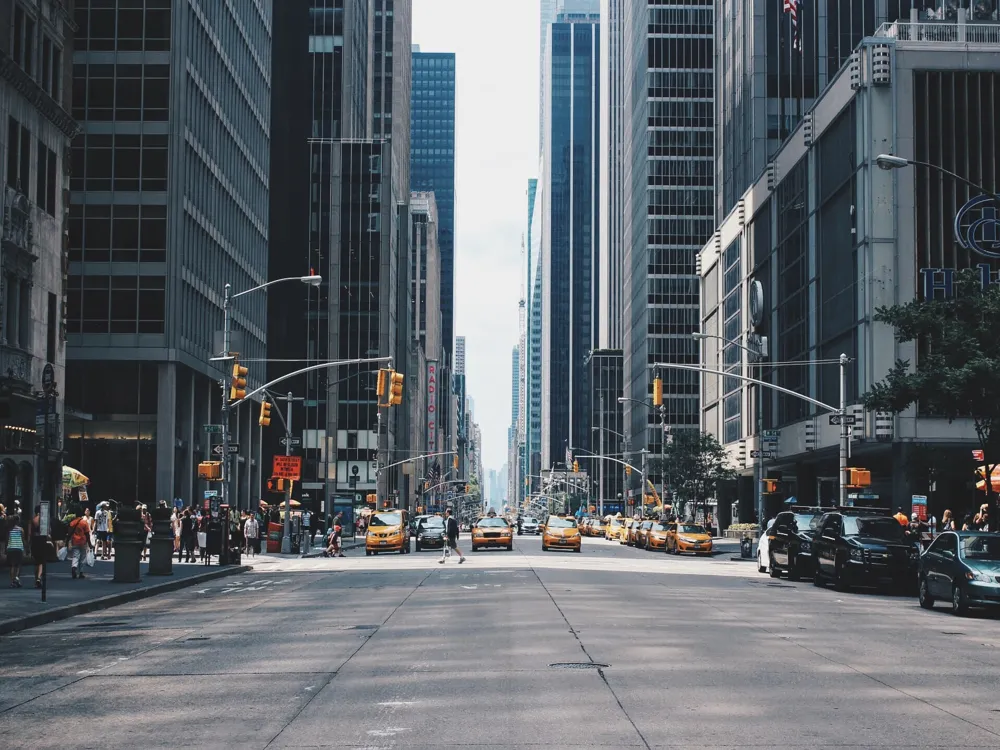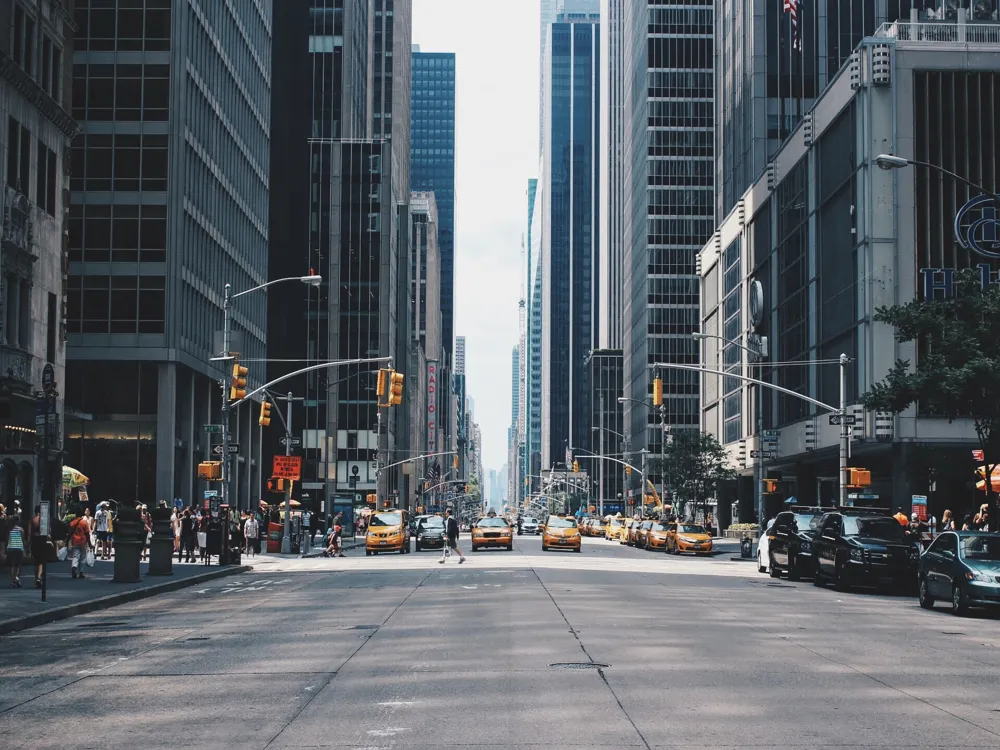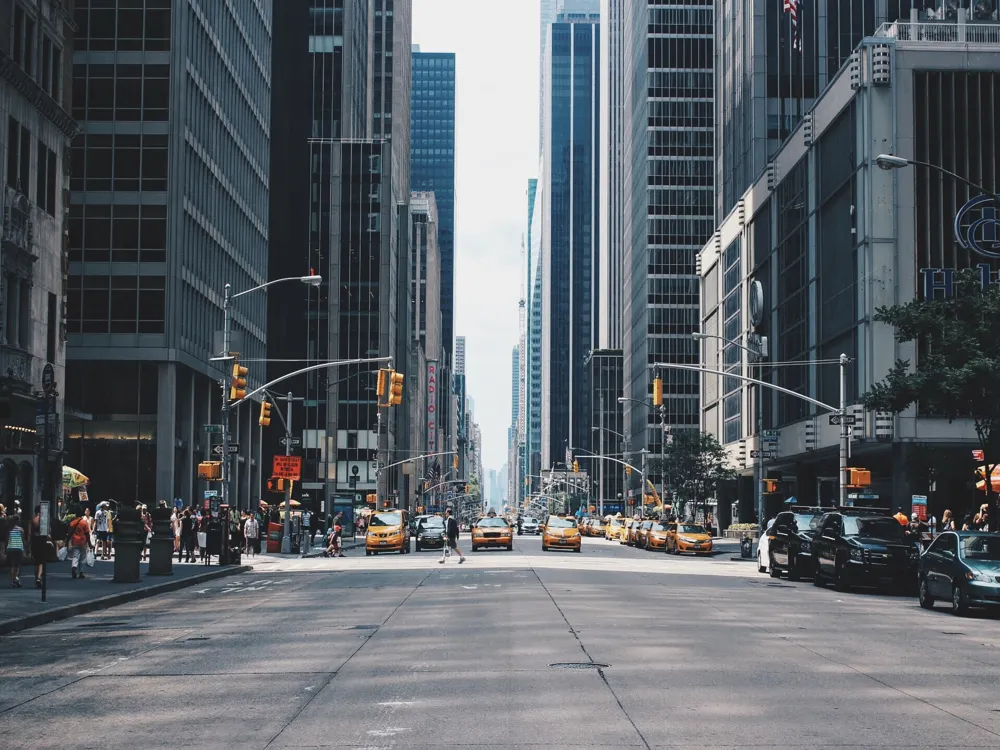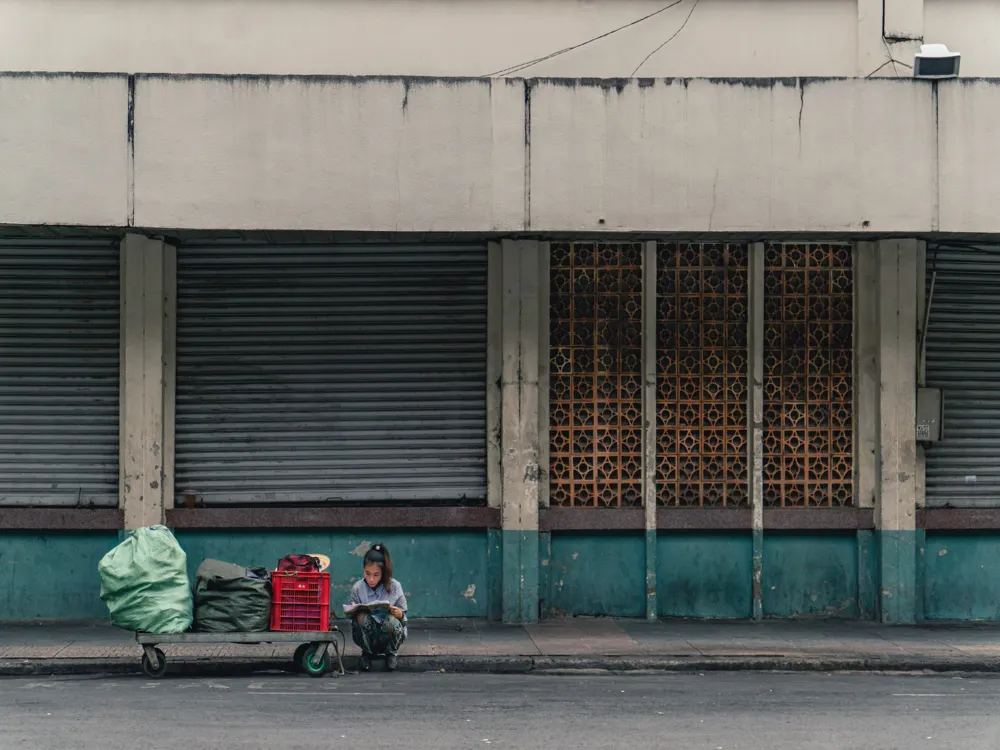Nestled in the bustling city of Ho Chi Minh City, Quan Am Pagoda stands as a beacon of tranquility and spiritual reverence. This ancient Buddhist temple, also known as Chua Quan Am, has been a significant cultural and religious landmark for centuries. Its history is intertwined with the local community, offering a serene escape from the urban chaos. The pagoda, dedicated to the Goddess of Mercy, Quan Am, attracts not only the faithful but also tourists from around the world, drawn by its unique blend of spiritual ambiance and architectural grandeur. The Quan Am Pagoda's origins date back to the 18th century, marking it as one of the oldest temples in Ho Chi Minh City. Over the years, it has undergone numerous restorations and renovations, each adding a layer to its rich historical tapestry. The temple serves as a hub for Buddhist teachings and practices, playing a pivotal role in preserving Vietnamese Buddhist traditions. It’s not just a place of worship but also a center for cultural festivals and community events, reflecting the vibrancy of local customs and beliefs. The architecture of Quan Am Pagoda is a harmonious blend of traditional Vietnamese and Chinese styles, reflecting the cultural amalgamation that is characteristic of Ho Chi Minh City. As you step into the temple grounds, you are greeted by a striking façade adorned with intricate carvings and statues. The main hall, the heart of the pagoda, is an architectural marvel, featuring a multi-tiered roof with upturned eaves, covered in glazed ceramic tiles that glisten in the sun. Inside, the pagoda houses an array of Buddhist statues, with the centerpiece being the impressive statue of Quan Am, the Goddess of Mercy. This statue, often draped in colorful fabrics, exudes a sense of peace and compassion. The walls and ceilings are decorated with elaborate paintings and carvings, depicting various Buddhist deities and legends. These artworks are not just aesthetically pleasing but also serve as a medium for imparting Buddhist teachings and values. Visitors should dress modestly when visiting the Quan Am Pagoda, as it is a place of worship and spiritual reflection. It is advisable to wear clothing that covers the shoulders and knees. Additionally, visitors should remove their shoes before entering the temple as a sign of respect. It’s important to maintain a quiet and respectful demeanor throughout your visit to preserve the sanctity of the pagoda. Photography is allowed in most areas of the pagoda, but it's important to be respectful and mindful of worshippers. Avoid using flash photography inside the temple, and always ask for permission before taking photos of monks or individuals in prayer. Some areas of the pagoda may have restrictions on photography, so it’s best to look out for signs or inquire with the temple staff. The best time to visit Quan Am Pagoda is early in the morning or late in the afternoon when the temple is less crowded. This allows for a more peaceful experience. Additionally, visiting during local festivals can be a unique experience, offering insight into local customs and traditions, although these times can be more crowded. Quan Am Pagoda is conveniently located in the District 5 of Ho Chi Minh City, making it easily accessible by various means of transportation. Visitors can reach the pagoda by taxi, which is the most convenient option. Alternatively, for those looking for a more local experience, buses and motorbike taxis are also available. For tourists staying in central districts, a leisurely walk or a bicycle ride can be a pleasant way to reach the pagoda, allowing them to take in the sights and sounds of the city along the way. Read MoreOverview of Quan Am Pagoda in Ho Chi Minh City
Architecture of Quan Am Pagoda
Tips When Visiting Quan Am Pagoda
Dress Code and Etiquette
Photography Guidelines
Best Time to Visit
How To Reach Quan Am Pagoda
Quan Am Pagoda
Ho Chi Minh City
₹ 17,501 onwards
View ho-chi-minh-city Packages
Weather :
Tags : Buddhist Temple
Time Required : 1 - 2 hours
Planning a Trip? Ask Your Question
Ho-chi-minh-city Travel Packages
View All Packages For Ho-chi-minh-city
Top Hotel Collections for Ho-chi-minh-city

Private Pool

Luxury Hotels

5-Star Hotels

Pet Friendly
Top Hotels Near Ho-chi-minh-city
Other Top Ranking Places In Ho-chi-minh-city
View All Places To Visit In ho-chi-minh-city
View ho-chi-minh-city Packages
Weather :
Tags : Buddhist Temple
Time Required : 1 - 2 hours
Planning a Trip? Ask Your Question
Ho-chi-minh-city Travel Packages
View All Packages For Ho-chi-minh-city
Top Hotel Collections for Ho-chi-minh-city

Private Pool

Luxury Hotels

5-Star Hotels

Pet Friendly






















